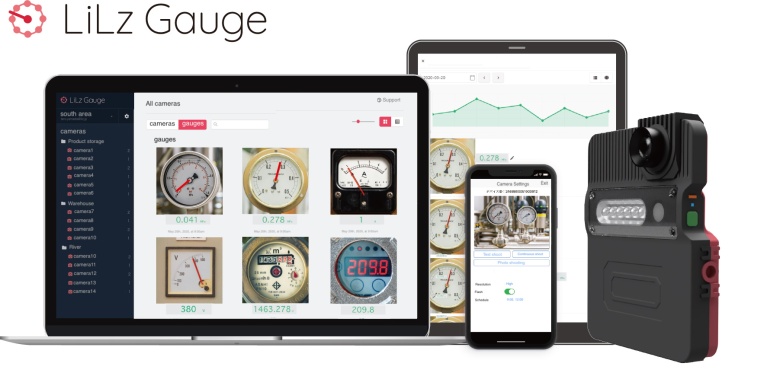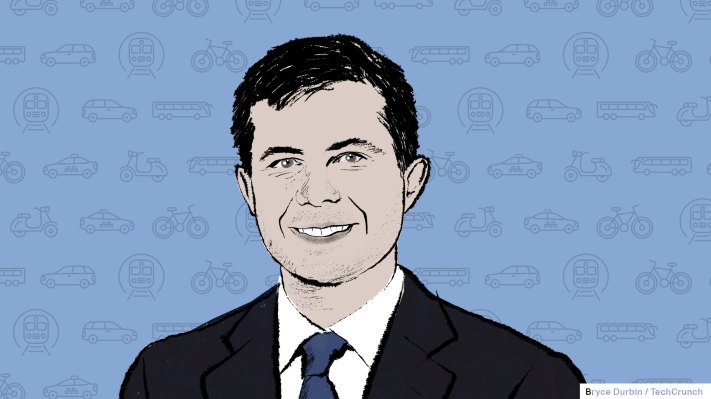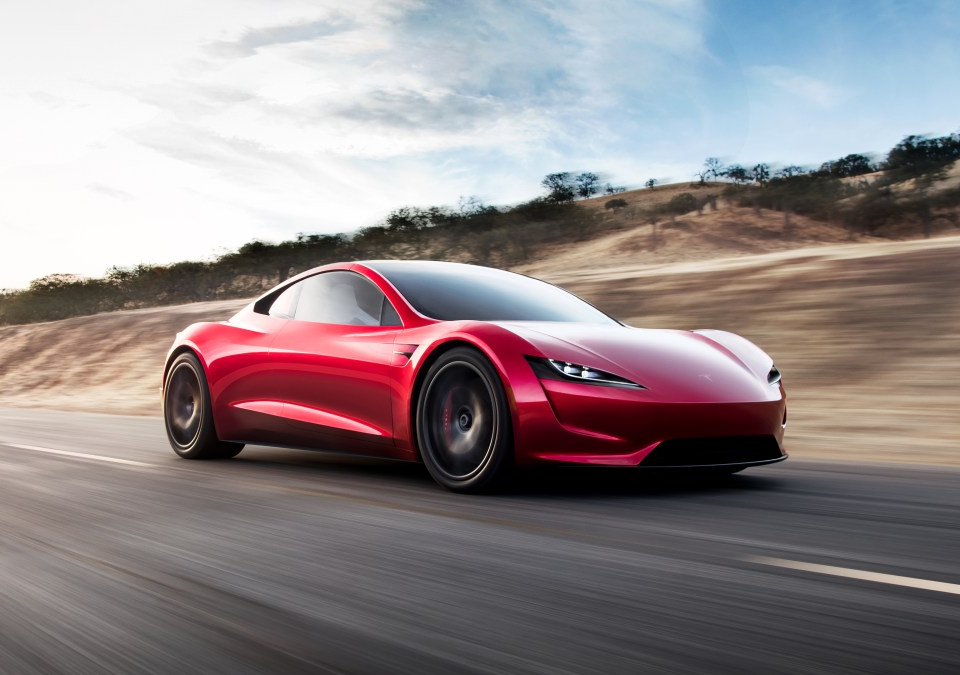
LiLz uses computer vision to read gauges and dials where humans prefer not to tread
January 7, 2022
Look upon my CES 2022 work from home setup and despair
January 7, 2022
Millennia ago, some unnamed innovator created humanity’s most famous early invention: the wheel. And ever since, the story of transportation has been one of human creativity, innovation, and technology. From e-scooters to spacecraft, technology shapes most human journeys, whether it’s a historic spaceflight or a daily cross-town commute.
At the U.S. Department of Transportation, my colleagues and I think every day about how transportation technologies are evolving, and we use our policy tools to support these innovations and make sure they deliver convenience, safety, and economic opportunity for the American people.
At any time in history, and certainly in ours, innovation shapes and reshapes how people and goods move to where they need to be. But in recent years, “innovation” has become such a buzzword that it risks losing its meaning—and policymakers risk losing our focus as we contend with the constantly shifting and rapidly developing world of transportation technology.
As policymakers, we must prioritize. We need to assess which important innovations will develop on their own, and which require federal support for basic research. We must consider when a technology should be given as much room as possible to develop experimentally, and when it raises concerns that require regulation to keep people safe.
The current decade is especially full of challenges and opportunities from developments in transportation technology. We are witnessing the rise of electric and autonomous vehicles, the widespread adoption of recreational and commercial drones, renewed attention to cybersecurity vulnerabilities in our infrastructure, increasingly routine commercial space travel, and, perhaps most urgently, the high-stakes race to dramatically reduce transportation’s impact on our climate before it’s too late.
Amid these changes, the role of public policy is not always obvious, but it’s always important. To inform our work, today our department is establishing a set of six guiding principles for our work on innovation in transportation.
Innovation is not an end in itself, but a chance to improve. Our innovation efforts should serve our most important public policy goals, like creating economic opportunity, advancing equitable access to transportation, and helping to confront the climate crisis.
Innovation should be shaped in ways that help America win the 21st century, with transportation systems and infrastructure that make communities more competitive, adaptable, and resilient.
Our innovation strategy must support workers, knowing that our choices will help to define whether any given technological development meets its potential to create economic benefits for all.
A good innovation strategy allows for experimentation and learns from setbacks, because these are indispensable parts of the scientific method that underpin all invention and discovery.
Our approach to innovation should center on opportunities to collaborate, recognizing the distinct but related roles of the public, private, and academic sectors.
And finally, our policies should be flexible and adapt as technology changes, because we can’t prepare for an evolving future with policy that only makes sense under present or past conditions.
These principles will help us to ensure that the enormous potential of U.S. transportation innovation benefits our nation and its people. To some, “government” and “innovation” are not words that go together naturally. But in reality, the public sector has always played a vital role in unlocking the innovative capacity of the American people.
Consider the smartphone, an invention that transformed the way we live in a matter of just a few years. Smartphones could only be the result of private-sector inventions and marketing—the natural role of private companies, not government departments. But the technologies on which smartphones depend—like microprocessors, lithium batteries, touchscreens, GPS, and indeed the internet itself—were all supported or invented by government researchers.
Some of our largest tech companies—including Google, Apple, and Tesla—benefited from government subsidies, loan guarantees, or other public support early in their growth.
And while government is far from the source of all invention, it does have a responsibility to help ensure that all inventions are safe and practical for the public.
Government didn’t invent planes, trains, or automobiles, but it did build airports, lay tracks, and construct highways. It enacted laws requiring seat belts and air bags, and created an air traffic control system so that people could travel safely.
As secretary of Transportation, I’ve had the privilege of seeing firsthand the latest frontiers of transportation innovation in our country.
In Georgia last year, I saw the nation’s first-ever solar roadway, which provides clean power for nearby electric vehicle (EV) chargers. In Oregon, I test-drove one of the electric buses that cities around the country are embracing as cleaner and quieter alternatives to outdated diesel vehicles. And in North Carolina, I visited an advanced research lab working on an extremely important, if unglamorous, subject: the future of pavement, including more durable asphalt and even materials that can recycle carbon dioxide.
American companies and scientists are at work every day pushing the boundaries of what is possible in transportation. And our department is at work every day supporting basic research and maintaining the guardrails that ensure those technologies unfold in ways that are safe, equitable, and clean. In the years ahead, these core principles will guide that work—and thanks to President Biden’s historic Bipartisan Infrastructure Law, we have new resources to support those efforts.
These investments will help more Americans adopt electric vehicles and save money on fuel. They will help more children take the bus to school without being exposed to toxic fumes. And they will put more people to work creating the infrastructure of the future.
When it comes to transportation innovation, perhaps the hardest thing to predict is the timing of how and when these developments will impact our everyday lives. Less than 60 years passed between the first flight at Kitty Hawk and the first crewed American spaceflight. Less than 10 years after the first smartphones hit the market, ride-sharing was overtaking taxi use in many American cities. Electric vehicles were in commercial production in 1902 at Studebaker factories in my hometown of South Bend, Indiana—only to all but disappear for most of the 20th century, then re-emerge as a dominant force in the 21st.
It’s not the job of policymakers to guess or dictate how and when these advancements will unfold. But our role in supporting, fostering, and safeguarding the work of transportation innovation is vital, and it comes at an exceptionally important time in the story of American transportation. The decade ahead will bring countless transformative changes in how people and goods move around the country and the world. And the Department of Transportation will be here to help support those innovations and ensure they benefit us all.



